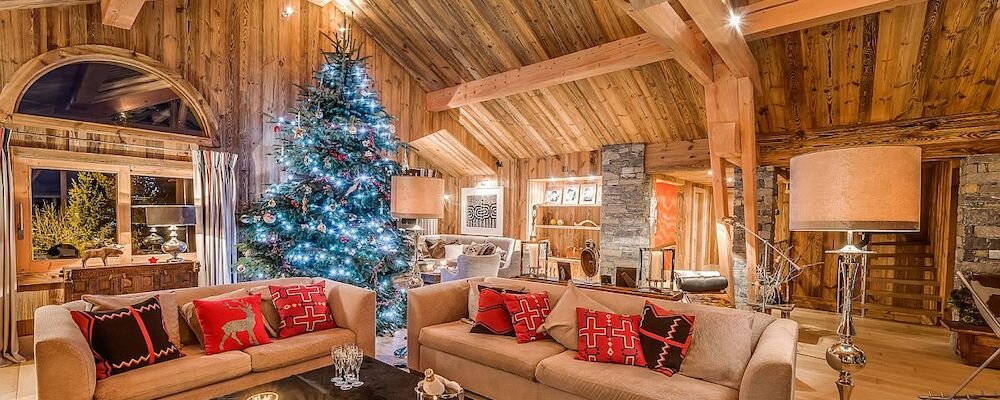Stored History
The history of Graz, the second largest city in Austria, goes back to the Copper Age. With six universities on its territory, the city has a very rich heritage. At the Palais Herberstein, a new trilogy of permanent exhibitions is showcasing historic artifacts with a stunning layout.
The History Museum of Graz called on architecture studio Innocad to impulse a new curation concept to its exhibition spaces along with the museum’s entrance located within the historic Palais Herberstein.
The first challenge was to embellish the museum’s entrance to guide visitors downstairs and into the exhibition space. The place was a dark and hidden atrium. A custom “carpet” in iron was placed to run along the stone pavement, accompanying visitors through the space while offering a platform for exploration. Meanwhile, the illumination for the installation was created by Austrian artist Brigitte Kowanz.
The “Schaudepot”, conceived as an exhibition depot, consisting of two parts, the Cultural History Collection and the Multimedia Collection, represents together with the exhibition “100 x Styria” a milestone in the transformation of the History Museum Graz. The Schaudepot includes nearly 2,000 pieces ranging from historic objects to multimedia collections, all on display in a space of just 486 square metres.
The first section of “Schaudepot” honours the diversity of physical objects that reflects use of industrial material with less customisation while providing an interaction with the historic artefacts. While the exhibition setting is multifunctional and freely adaptable, it also retains a consistent interior lining which creates an atmosphere that displays objects of various shapes and sizes allowing visitors to experience the historical space from an unexpected perspective. Formerly hidden treasures of both collections are made accessible to the public in a raw and industrial surrounding, enabled by the fluent transition throughout of an infinite metal wall loop that allows a balance of historic content and contemporary exhibition design.
The second part displays multimedia archives enabling deep insights into the dispersed depot character through tailored scenography which leads the visitor to embark on a journey through the genesis of the Multimedia Collection.
The exhibition “100 x Styria”, which is located in the outstanding historic mirror hall, articulates spatial intervention in both functional and artistic ways. Relating to the concept of a “laid table of history”, the furniture-like installations made of glass or mirror are implemented with the aim to remind and reflect the historic use of these chambers. The space, furniture, objects, and visitors easily merge into one another and simultaneously maintain one exhibition medium. By becoming a part of the exhibition through the boundaries blurring, the spatial experience raises questions like: “What is forthcoming? What remains?”
Pictures courtesy of Paul Ott.



















